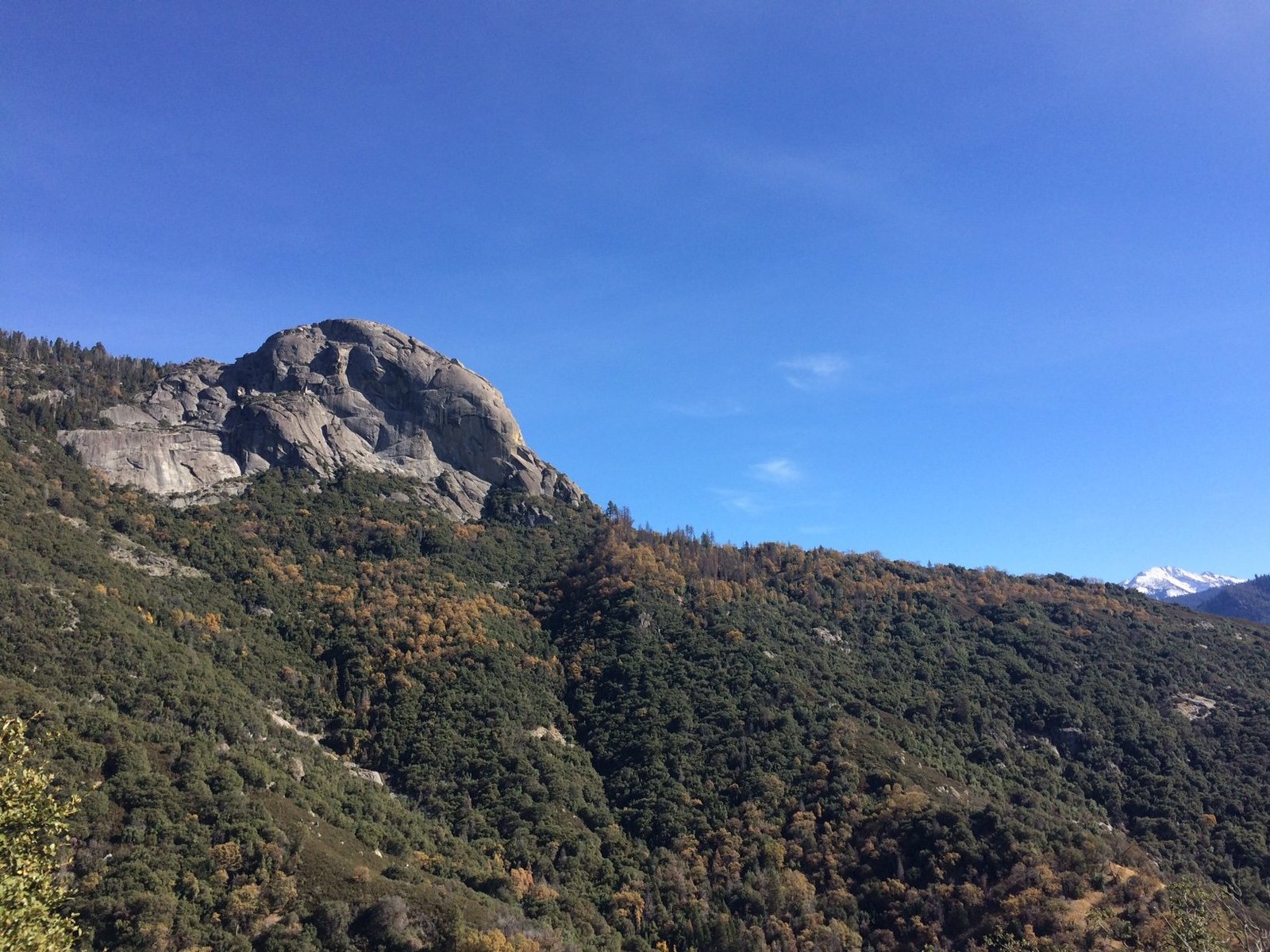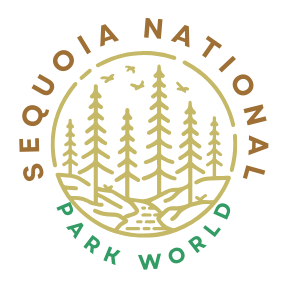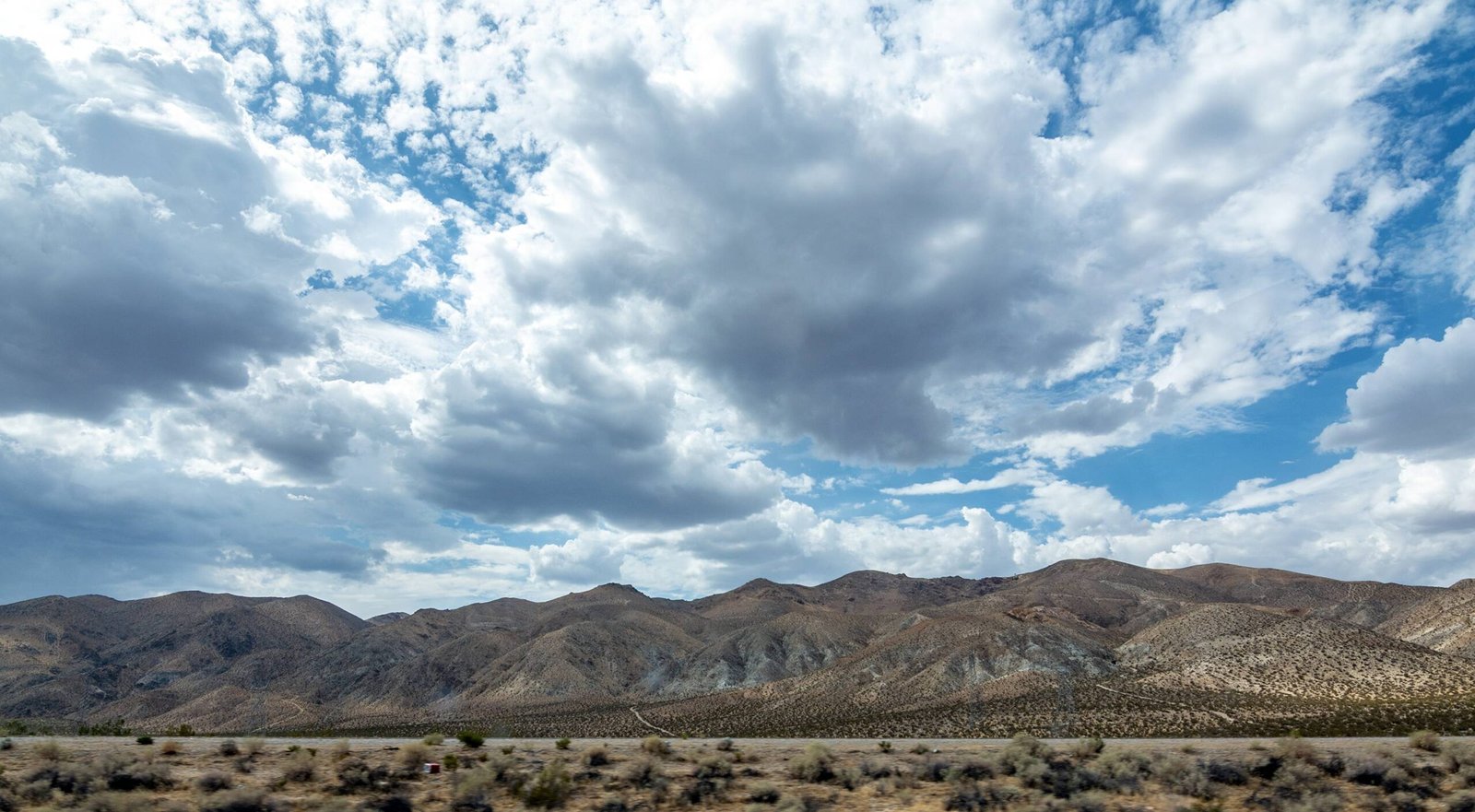The Sequoia National Park proposal outlines a comprehensive management plan for preserving and enhancing one of America’s most iconic natural treasures. This proposal aims to balance resource protection, visitor experience, and scientific research while addressing challenges such as climate change and human impact. The plan encompasses strategies for preserving giant sequoias, managing wilderness areas, and improving visitor services, all while adhering to strict conservation principles and measurable outcomes.
What Are the Key Objectives of the Sequoia National Park Proposal?

The Sequoia National Park proposal focuses on several critical objectives:
- Preserve park resources
- Manage wilderness areas
- Enhance scientific and scholarly information
- Improve public enjoyment and visitor experience
Let’s delve into each of these objectives in more detail.
How Does the Proposal Aim to Preserve Park Resources?
The proposal outlines specific goals for preserving both natural and cultural resources within Sequoia National Park:
- Natural Resources Protection:
- Restore at least 5% of known non-significant disturbed sites
- Improve the status of 25% of federally listed species
-
Protect 90% of known park caves
-
Aquatic Ecosystem Restoration:
- Restore aquatic ecosystems in at least 5% of park waters
- Prevent degradation caused by park facilities or human abuse
These targets are set to be achieved by 2002, providing a clear timeline for resource preservation efforts.
What Are the Wilderness Management Goals?
The proposal emphasizes the importance of maintaining wilderness integrity:
- Manage legally designated and proposed Wilderness areas to meet Wilderness Act standards
- Ensure that 99% of wilderness visitors find solitude and minimal signs of human use by 2002
This approach aims to preserve the pristine nature of Sequoia National Park’s vast wilderness areas.
How Does the Proposal Incorporate Scientific and Scholarly Information?
The management plan recognizes the crucial role of science in effective park management:
- Base management decisions on adequate scholarly and scientific information
- By 2002, inventory selected biological and physical resources
- Monitor ecosystem indicators
- Increase understanding of ecosystem functions by 10% over 1997 levels
This scientific approach ensures that park management is informed by the latest research and data.
What Improvements to Public Enjoyment and Visitor Experience Are Proposed?
The proposal includes several initiatives to enhance visitor experience:
- Provide safe and varied experiences for visitors
- Enhance transportation options:
- Promote public transportation and shuttle systems
- Encourage car and van pooling for employees
These measures aim to improve accessibility while reducing the park’s carbon footprint.
What Are the Key Initiatives in the Sequoia National Park Proposal?

The proposal outlines several key initiatives:
- Cave Management
- Giant Sequoia Management
- Climate Change Mitigation
- Stakeholder Involvement
Let’s explore each of these initiatives in more detail.
How Does the Proposal Address Cave Management?
The proposal sets a clear target for cave protection:
- Protect and preserve at least 90% of known park caves
- Emphasize the fragile nature of cave ecosystems
This initiative recognizes the unique and vulnerable nature of the park’s cave systems.
What Strategies Are Proposed for Giant Sequoia Management?
The proposal outlines a comprehensive approach to managing the park’s iconic giant sequoias:
- Restore native ecosystem processes
- Implement prescribed fire management
- Remove visitor facilities from groves
- Increase emphasis on education and research
- Coordinate activities with surrounding land management agencies
This multi-faceted approach aims to preserve and protect these ancient trees while enhancing public understanding of their importance.
How Does the Proposal Address Climate Change?
The proposal includes specific targets for reducing the park’s environmental impact:
- Reduce greenhouse gas emissions from park operations to 15% below 2006 levels by 2012
- Implement strategies such as:
- Increasing energy efficiency
- Reducing waste
- Promoting climate-friendly recreation
These measures demonstrate the park’s commitment to environmental stewardship in the face of climate change.
How Does the Proposal Involve Stakeholders?
The proposal recognizes the importance of community involvement:
- Conduct Climate Friendly Parks Workshops involving park staff and community members
- Collaborate with other agencies, organizations, and individuals to increase effectiveness
This collaborative approach ensures that the park’s management plan reflects the needs and concerns of various stakeholders.
What Are the Metrics for Success in the Sequoia National Park Proposal?
The proposal includes several measurable outcomes to gauge its success:
- Resource Protection:
- 25% improvement in the status of federally listed species
-
Maintain stable populations for an additional 25% by 2002
-
Wilderness Solitude:
-
Ensure 99% of the wilderness area has little or no sign of human use by 2002
-
Emission Reduction:
- Reduce energy use emissions to 15% below 2006 levels by 2012
- Reduce waste emissions to 45% below 2006 levels by 2012
These metrics provide clear benchmarks for evaluating the success of the management plan.
How Does the Proposal Address Funding and Budget Allocations?
While specific funding details are not extensively outlined, the proposal suggests:
- Allocating resources to support various management goals
- Potential funding sources include:
- Federal appropriations
- Grants from organizations like the National Parks Conservation Association
- Partnerships with other agencies and community groups
This approach ensures a diverse funding base to support the park’s various initiatives.
What Conservation Efforts and Visitor Services Are Proposed?
The proposal outlines several conservation efforts and visitor service enhancements:
Conservation Efforts:
- Restoration programs for disturbed sites and aquatic ecosystems
- Protection of caves and giant sequoia groves
- Implementation of prescribed fire management
- Removal of visitor facilities from sensitive areas
Visitor Services:
- Enhanced transportation options, including public transit and shuttle systems
- Increased emphasis on education and research
- Improved visitor facilities and experiences
These efforts aim to balance conservation needs with visitor enjoyment and education.
In conclusion, the Sequoia National Park proposal presents a comprehensive and ambitious plan for managing one of America’s most treasured natural areas. By setting clear objectives, outlining specific initiatives, and establishing measurable outcomes, the proposal provides a roadmap for preserving the park’s unique ecosystems while enhancing visitor experiences for generations to come.

